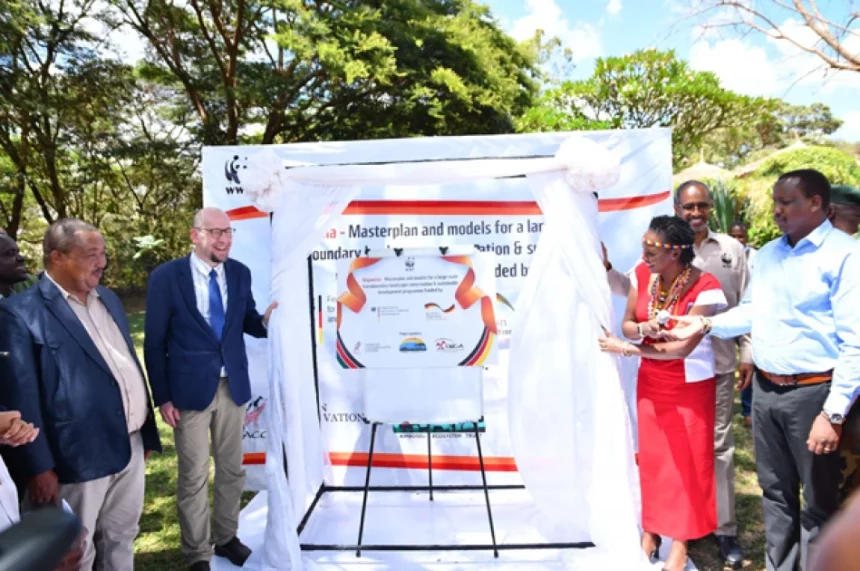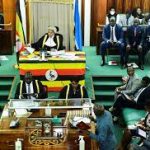Wildlife Principal Secretary (PS) Silvia Museiya has launched a three-year project that seeks to ensure increased connectivity of wildlife corridors in Amboseli while improving the livelihoods of the pastoralist community in the landscape.
Speaking at the launch in Amboseli, PS Museiya asked the four organizations that are implementing the project to ensure that the project improves water access for wildlife in protected areas while also helping reduce human-wildlife conflict.
“For me, the number one priority is human-wildlife conflict mitigation (HWC). Last month, we lost 38 people to HWC. That is a huge distraction to our success. Water must be provided for wildlife. In your project design, include water access inside protected spaces,” said Ms. Museiya.
The project, dubbed Masterplan and models for a large-scale transboundary conservation and sustainable development in Kenya, the Ksh424 million project is being implemented by WWF- Kenya, African Conservation Centre, Amboseli Ecosystem Trust and the Kenya Wildlife Conservancies Association.
“This project is a green wildlife corridors project. Conservation will be one of the outcomes. We must attend to the needs of women, children, the elderly and the communities who live here,” said Mohamed Awer, the Chief Executive Officer, WWF-Kenya.
The three and half year project will restore 200 hectares of rangeland and put 1,500 hectares under grazing management plans while also establishing a model cattle breed farm and seed banks.
Over 200 women in Amboseli will benefit from the establishment of a dairy cooperative while pastoralists will get an eco-friendly model tannery.

In addition, climate-smart agriculture through efficient irrigation systems for farmers will be introduced.
The project is part of a transboundary programme being implemented in Northern Tanzania and Southern Kenya with funding from the German Federal Ministry for Economic Development and Cooperation (BMZ).
In Kenya, the project will support the increased connectivity of wildlife corridors to open up migratory corridors for wildlife in the Amboseli ecosystem which stretches all the way South in Kitirua Conservancy to the Chyulu Hills on the Kajiado border with Makueni County.
During the launch, Guido Reuter, the Head of Civil Society Cooperation from BMZ noted the general acceptance of the project by the two countries, saying: “It is good to see that Unganisha is wanted here in Kenya & Tanzania, in governments and hopefully by the people living on the ground of the programme area, and that they benefit. It’s important that the programme is nothing from the outside, but your programme.”
The project launch was attended by top officials from the National Land Commission, among them Commissioners Prof James Tuitoek, Reginald Okumu and the Chief Executive Officer Kabale Tache.
Others at the launch were the Kajiado South MP Samuel Sakimba Parashina, Kajiado County Executive Committee Member for Environment Dr Leina Mpoke, representatives from the Kenya Forest Service and Kenya Wildlife Service.



